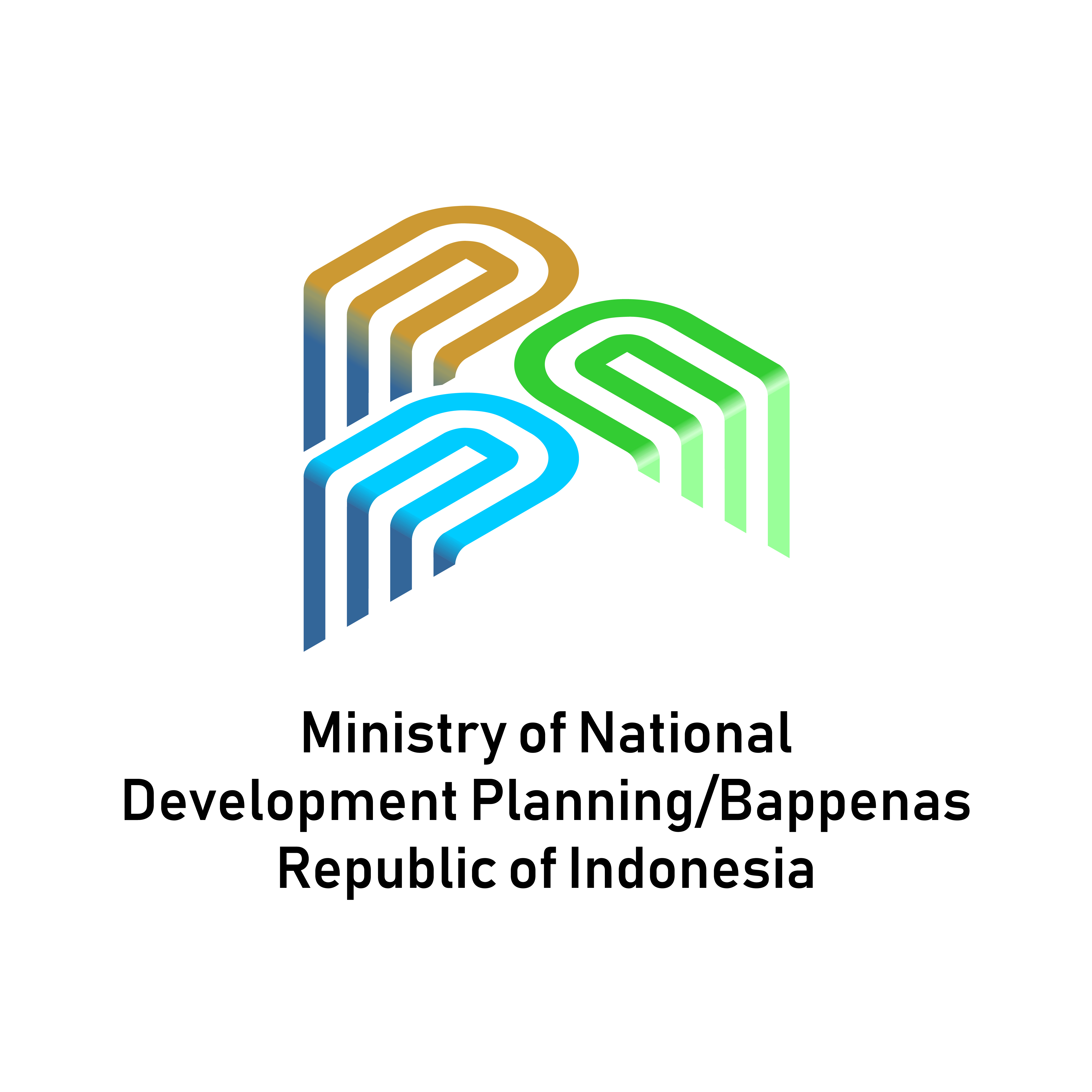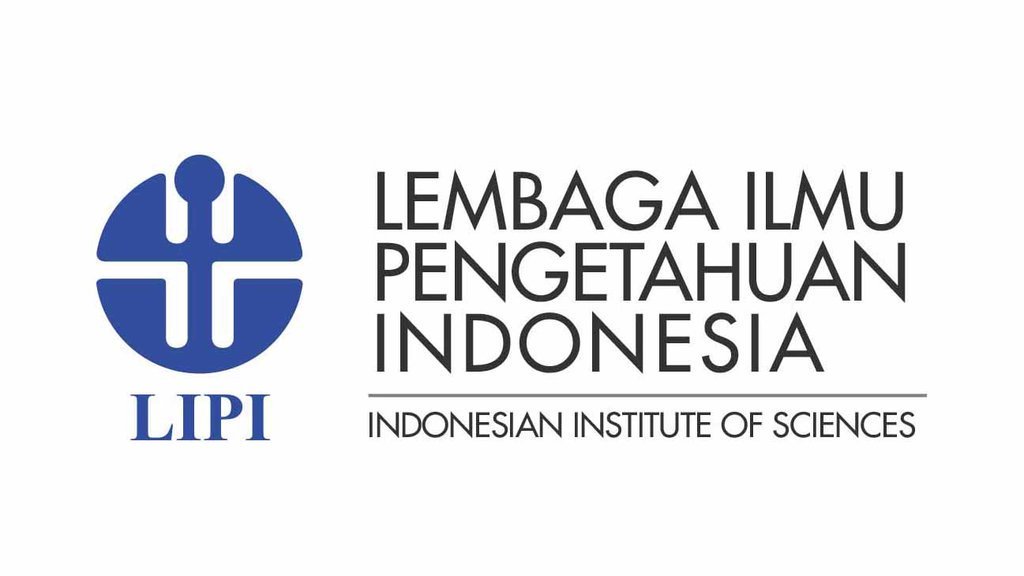Tourism Destination Mapping Based on Tourism Characteristics and Carrying Capacity of Province in Indonesia
DOI:
https://doi.org/10.36574/jpp.v7i3.460Keywords:
Carrying Capacity, Clusters, Mapping, Tourist DestinationsAbstract
The development of tourist destinations in Indonesia can encourage an increase in tourist visits and the length of stay of tourists while in tourist destinations. Tourism destination development needs to be in line with the characteristics of the tourism destinations they have. This study conducted a cluster analysis to map 34 provinces in Indonesia based on 13 aspects of tourism characteristics and carrying capacity. Mapping results formed four groups of tourist destinations with similar characteristics. Cluster-1 has the best average tourist carrying capacity, so it is classified as an advanced destination group consisting of West Java, Central Java, DI Yogyakarta, East Java, and Bali. Cluster-2 consists of DKI Jakarta and Riau Island, with two bad aspects, so they are classified as the revitalization of tourist destinations. Cluster-3 consists of North Sumatra, West Sumatra, Banten, West Nusa Tenggara, East Nusa Tenggara, West Kalimantan, East Kalimantan, South Kalimantan, South Sulawesi, North Sulawesi, and West Papua, which have poor performance in 6 aspects so that it is categorized as a developing tourism destination. Cluster-4 comprises 16 other provinces with poor performance in 9 elements, so it is classified as a pioneering tourist destination. Mapping results are compared with the policies of 10 priority tourism destinations (DPP) in Indonesia, and it is found that 3 DPPs (Bangka Belitung, Morotai-North Maluku, and Wakatobi-Southeast Sulawesi) are included in cluster-4 with the category of pioneer tourist destinations. Development of these 3 DPPs requires increased funding.
Downloads
References
Ardika, G. (2018). Kepariwisataan Berkelanjutan: Rintis Jalan Lewat Komunitas. Jakarta: Kompas Media Nusantara.
Cannonier. Burke. (2019). The economic growth impact of tourism in Small Island Developing States—evidence from the Caribbean. Tourism Economics, Vol 25, 1.
Cooper et al. (2005). Tourism: Principles and Practice. Pearson Education.
Dwyer, L. Kim, C. (2003). Destination Competitiveness: Determinants and Indicators. Current Issues in Tourism, 6(5), 369–414.
Effendy, D. (2014). Strategi Program Bantuan Pendidikan Dasar dengan Pemetaan Karakteristik Kabupaten Kota di Indonesia. Universitas Indonesia.
Ghartey. (2013). Effect of Tourism, Economic Growth, Real Exchange Rate, Structural Changes and Hurricanes in Jamaica. Tourism Economics, Vol 19, p. 4.
Hafiz. (2019). The Evolution of Tourism Destination Competitiveness (TDC) Models. Competitiveness Review 29 (5), 592–621.
Hair, J. F., Black, W. C., Babin, B. J., & Anderson, R. E. (2010). Multivariate Data Analysis (7th Edition). New Jersey: Prentice Hall.
Heath, E. (2003). Towards a Model to Enhance Destination Competitiveness: A Southern African Perspective. Journal of Hospitality and Tourism Management, 10(2), 124–142.
Johnson, R., & Wichern, D. (2007). Applied Multivariate Statistical Analysis. New Jersey: Prentice Hall.
Kodyat. (1996). Sejarah Pariwisata dan Perkembangannya di Indonesia. Jakarta: Grasindo
Lee & Chang. (2008). Tourism Development and Economic Growth: A Closer Look at Panels. Tourism Management 29 (1), 180–192.
Mahadevan, R. Amir, H. Nugroho, A. (2017). Regional Impacts of Tourism-led growth on poverty and income inequality: A Dynamic General Equilibrium Analysis for Indonesia. Tourism Economics, 23(3), 614-631.
Morrison, A. M. (2013). Marketing and Managing Tourism Destinations. Newyork: Routledge.
Prabowo, M. A. (2009). Dampak Ekonomi Sektor Pariwisata Indonesia Tahun 2005: Analisa Model Input-Output. Jakarta: Universitas Indonesia.
Peraturan Pemerintah Nomor 50 tahun 2011. Rencana Induk Pembangunan Kepariwisataan Nasional 2011-2025.
Peraturan Presiden Nomor 2 tahun 2015. Rencana Pembangunan Jangka Menengah Nasional tahun 2015-2019.
Peraturan Presiden Nomor 18 tahun 2020. Rencana Pembangunan Jangka Menengah Nasional tahun 2020-2024.
Peraturan Presiden Nomor 84 tahun 2021. Rencana Induk Destinasi Pariwisata Nasional Lombok-Gili Tramena Tahun 2020-2044.
Pratomo, D. (2009). Permintaan Pariwisata Indonesia: Studi Kasus Wisatawan Malaysia. Journal of Indonesian Applied Economics, 3(2), 200-209.
Rencher, A. C. (2002). Methods of Multivariate Analysis (2nd Edition). New York: John Wiley and Sons, Inc.
Ritchie, J. Crouch, G. (1993). Competitiveness in International Tourism: A Framework for Understanding and Analysis. World Tourist Education and Research Centre, University of Calgary.
Riyanto, et al. (2020). The Impact of Tourism On Poverty Alleviation and Income Distribution: Evidence from Indonesia. LPEM-FEB UI Working Paper 047.
Seber, G. A. F (1984). Multivariate Observations. New York: John Wiley and Sons, Inc.
Sharma, S. (1996). Applied Multivariate Techniques. New York: John Willey and Sons, Inc.
Smith. (1989). Tourism Analysis: A Handbook. Newyork: John Wiley & Sons.
Teguh, F. (2022). Ekosistem Kepariwisataan: Konsep Solusi Sistem dan Pengukuran. Jakarta: Kompas Media Nusantara.
Timm, N. H. (2002). Applied Multivariate Analysis. United States of America: Springer.
Undang-Undang Nomor 10 tahun 2009. Kepariwisataan.
UNWTO. (2010). International Recommendations for Tourism Statistics 2008. Newyork: UN Publication.
Wahab, S. (1992). Pemasaran Pariwisata. Jakarta: Pradnya Paramita.
WEF. (2019). Travel & Tourism Competitiveness Report 2019: Travel and Tourism at a Tipping Point. Geneva: World Economic Forum
Downloads
Published
How to Cite
Issue
Section
License
Copyright (c) 2023 Jurnal Perencanaan Pembangunan: The Indonesian Journal of Development Planning

This work is licensed under a Creative Commons Attribution-NonCommercial-ShareAlike 4.0 International License.
This is an open-access article distributed under the terms of the Creative Commons Attribution-NonCommercial-ShareAlike 4.0 International License. Copyright © Kementerian PPN/Bappenas RI


















